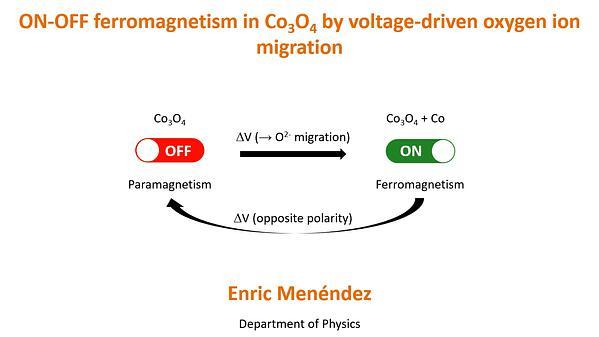
Premium content
Access to this content requires a subscription. You must be a premium user to view this content.

technical paper
High throughput Immersion Kerr Microscopy of Artificial Spin Ice: a route towards new discoveries and applications
Artificial spin-ice systems permit the design and study of a wide family of emergent physical phenomena resulting from the combination of a very large number of interactions between simple elements. They are of great interest since the arrangement of elements, as well as their interactions, can be tuned by means of relatively simple lithography.
An important challenge in the study of artificial spin-ice systems is the large number of elements involved in each system, in combination with their small physical size. Techniques such as magnetic force microscopy or X-ray microscopy are usually needed to study them. In addition, due to the dynamic and/or stochastic nature of the emerging phenomena, also a large number of states of the system need to be probed in order to have a complete physical picture of the system, or to reduce enough the uncertainty in measurements of stochasticity parameters. Finding the right balance between spatial resolution, speed and availability of experimental facilities is therefore an exciting endeavour.
In this talk, we will discuss our experience with the optimization of full-field Kerr microscopy at high resolution and throughput (number of images), presenting the technique as an attractive option for the study of artificial spin-ice systems. We will present the key technical components necessary to perform this type of experiments, and, in particular, how to produce very large datasets volumes that can subsequently be employed to extract complex physical parameters via statistical analysis. See, for example, the use of automatic switch detection in Figures 1 and 2, in which 16 triangular honeycomb lattices are imaged in parallel (Figure 1) and the switching of vertical elements is automatically extracted from differential Kerr contrast (Figure 2). We will use our recent demonstration of the tunability of stochastic domain-wall decisions in honeycomb lattices using >200,000 images 1 as an example to guide the discussion.
We anticipate a great interest from the artificial spin-ice community, as the size of individual elements in artificial spin-ice networks often falls within the resolution limit of the technique (≈150nm). This could open the door to exploring statistical physics and new device applications with a level of detail hardly reachable until now.
References:
1 Sanz-Hernández, D., Massouras, M., Reyren, N., Rougemaille, N., Schánilec, V., Bouzehouane, K., Hehn, M., Canals, B., Querlioz, D., Grollier, J. and Montaigne, F., 2021. Tunable stochasticity in an artificial spin network. Advanced Materials, 33(17), p.2008135.


